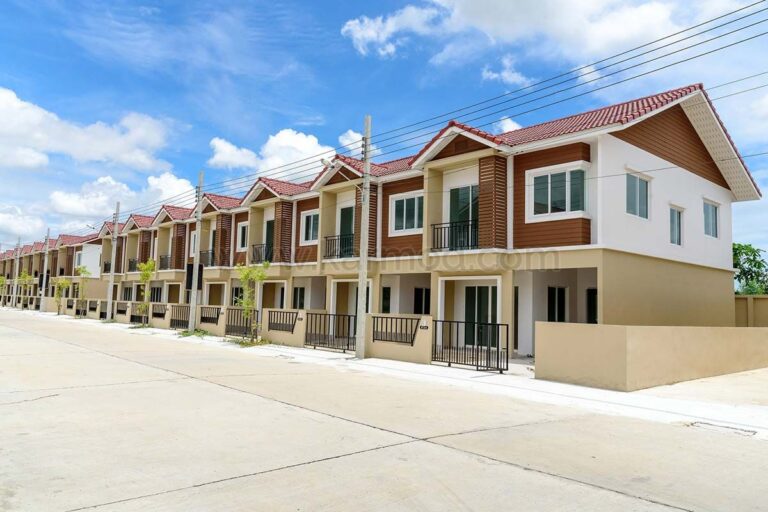HOUSING SYSTEM IN BELIZE
Belize’s housing system reflects its diverse population, tropical environment, and developing economy. Housing ranges from basic wooden homes in rural areas to modern concrete structures in urban centers and coastal resorts. Government and private sectors are both involved in providing shelter, with rising efforts to improve affordable housing access.
1. Types of Housing
A. Urban Housing
- Found mainly in Belize City, Belmopan, San Ignacio, and Orange Walk.
- Structures often made of concrete or concrete blocks, with steel reinforcements.
- Middle-class and high-end homes may include air conditioning, tiled floors, and multiple bedrooms.
- Multi-family buildings (duplexes, apartments) exist in larger towns.
B. Rural Housing
- Simpler homes made of wood, plywood, or zinc sheets.
- Often built on stilts to prevent flood damage.
- Lack modern amenities in some areas, especially in remote villages.
C. Coastal & Island Housing
- Popular in places like Ambergris Caye, Placencia, and Caye Caulker.
- Includes eco-lodges, luxury resorts, and beachfront villas.
- Built to withstand tropical weather and hurricanes, often elevated and well-ventilated.
2. Construction Styles & Materials
- Concrete blocks and steel: Most common in urban construction.
- Wood and zinc: Common in older homes and rural areas.
- Thatched-roof structures: Still used by some Maya and Garifuna communities.
3. Home Ownership & Renting
- Many Belizeans own their homes, particularly in rural and small-town settings.
- Renting is common in urban centers, especially among:
- Government workers
- Students
- Low-income earners
- Expats and tourists
- Monthly rent ranges:
- Basic room in a small town: $100–$300 BZD
- Middle-income urban apartment: $500–$1,000 BZD
- Luxury or furnished rentals: Up to $2,500+ BZD
4. Affordable Housing & Government Programs
- The Government of Belize, through agencies like the Ministry of Infrastructure Development and Housing, has launched:
- Modular starter homes for low-income families
- Housing subsidy programs
- Infrastructure development in new housing areas
- NGOs and international donors also support housing projects in rural communities.
5. Land Ownership & Titles
- Land in Belize can be:
- Private freehold
- Leasehold (often for foreign buyers)
- Land titles are overseen by the Lands and Surveys Department.
- Foreigners can own property, but may face certain requirements for:
- Landholding licenses
- Development approval in conservation or coastal areas
6. Housing Challenges
- Flooding and hurricanes: Many areas are flood-prone, especially during the wet season.
- Inadequate infrastructure: Some communities lack proper roads, drainage, or electricity.
- Rapid urban growth: Has led to informal settlements in Belize City and Belmopan.
- Construction cost inflation: Especially for concrete and imported materials.
7. Real Estate & Expat Housing
- Belize is popular with retirees, investors, and eco-tourists.
- Foreigners typically buy:
- Beachfront homes
- Jungle eco-lodges
- Condos in gated communities
- Real estate is regulated but less bureaucratic compared to many countries.
8. Utilities & Services in Housing
- Water: Managed by Belize Water Services (BWS), though many rural homes use wells or rain catchment.
- Electricity: Supplied by Belize Electricity Limited (BEL).
- Sewage: Septic systems are common; sewer systems are limited to urban areas.
- Internet/Phone: Widely available in towns, limited in some rural zones.



